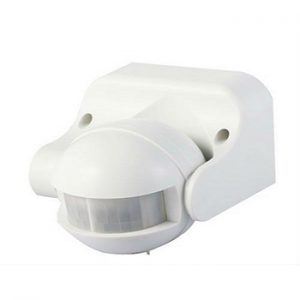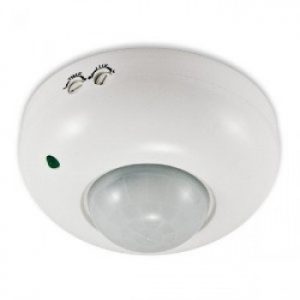Description
- Continuous current: 30A
- Burst current (10S): 40A
- BEC output: 2A
- Pre-Loaded with SimonK Firmware: allows use up to 490Hz refresh rates.
- Input Voltage: LiPo 2-5S
- Weight: 25g
- Dimension: 46mm x 26mm x 11mm
What you need to know about ESCs: ESCs or Electronic Speed Controllers act as the messenger between your flight controller and motors. They provide a pulsating signal to the motors to drive a change in RPM and thus a resulting multicopter movement. A good ESC is paramount to stable flying. As brushless motors are multi-phased, normally 3 phases, you can’t just apply DC power to turn them on. An ESC is basically a motor controller board that has a battery/signal input and a three phase output for the motor. Each ESC is controlled independently by a PPM signal that ranges from 1ms (min speed=turn off) to 2ms (max speed) in pulse width. The frequency of the signals varies between manufacturers, but for a multirotor it is recommended to use an ESC that supports a high refresh rate. A fast ESC will enable the motors to adjust quickly improving throttle response, drastically increasing stability and providing a more locked in feeling. Some ESC support programming, meaning you can reflash them with custom firmware. For instance, multirotor firmware such as SimonK is highly recommended by many for the best flight performance. However, caution should be applied as it is possible to ruin an ESC when attempting this process, therefore only a competent person with the correct equipment should attempt to reflesh an ESC. If you’re after a good tutorial on how to flash your ESCs I recommend reading this.
When choosing an ESC you should match its ampere and voltage rating to your motors and LiPo. Current rating is usually given as 2 figures; a value which represents the maximum continuous current load and a higher burst figure which corresponds to a short term current (allowed normally for no more than 10-30 seconds) e.g. that produced at take off. It’s recommend to select a speed controller allowing for a 20% safety margin. The other main ESC rating is the maximum voltage. This is usually expressed as the number of cells, e.g. a 6S LiPo (22.2v).
A lot of ESCs incorporate a BEC (Battery Elimination Circuit). This is a handy feature as it means that (within certain conditions) you do not need a separate receiver battery. They work by stepping down the main battery voltage to usually 5V. However, this process is inefficient and creates heat; the greater the differential between battery voltage and 5V the more heat generated. Consequently BECs (unless of the switching type) only work with a specified number of cells, often only up to a 3S LiPo and also within a specified current load. If not being used, the ESC’s BEC should be disabled by removing the middle (positive) wire to the receiver. For the reasons stated above, most large capacity ESCs do not have a BEC, but instead are almost always of the OPTO type (opto-coupled). OPTO ESCs differ from regular ESCs as the throttle signal between the motor and receiver circuits within the ESC are coupled via a light beam, not by a direct electrical connection. This is supposed to reduce radio interference between the motor and receiver. As a result, OPTO ESC require 5V to power the input side of the optocoupler, this is usually provided from the receiver, which in turn is powered by a separate battery or SBEC.
ESCs have three sets of wiring. On one side two wires, one black and one red that go to the battery or power distribution board. Also on the same side, you would normally have a 3 pin servo/receiver cable that usually plugs into a motor output on your flight controller. Finally the other side commonly has 3 outputs, which connect to the motor cables. If your motor is spinning in the wrong direction, simply swap the positions of two of these wires.
You should also give careful thought to the position of your ESCs within your craft. They are concentrated sources of magnetic interference, so locate them away from flight electronics such as the compass. Make sure they are ventilated, as they are likely to fail if they overheat. Some people recommend placing them out on the frame booms below the motors so that they are cooled by the prop wash; others caution against this approach as they are more vulnerable to damage and longer wires increase the risk of damaging voltage spikes.
Finally, some ESCs come pre-calibrated, however it’s advisable to calibrate all ESCs before use by following the manufactures instructions.





Reviews
There are no reviews yet.